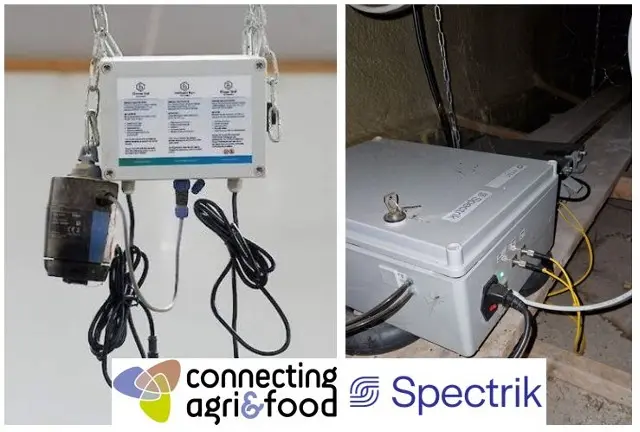Pig farming
The Hidden Cost of Uncontrolled Emissions
Around the world, pig farmers are grappling with a costly and largely invisible challenge: uncontrolled ammonia (NH₃) and methane (CH₄) emissions. These gases are byproducts of manure and animal housing, and when left unmonitored, they silently erode animal welfare, feed efficiency, barn climate quality, and ultimately — profitability.
Uncontrolled ammonia levels can damage pigs' respiratory health, reduce growth performance, and affect reproduction. Methane, while less toxic to animals, is a key greenhouse gas — and uncontrolled levels are becoming a growing concern in environmental regulations and sustainability certifications.
Why Farmers Worldwide Struggle
Most pig farms lack real-time gas monitoring systems. Traditional methods are:
Too expensive for everyday use
Too complex to operate
Too slow to enable proactive action

As a result
Farmers are flying blind — adjusting ventilation, feed, and manure handling without knowing how it affects gas concentrations in the barn. This leads to:
- Increased feed costs
- Lower animal performance
- Poor barn climate control
- Missed opportunities for emission reduction subsidies or compliance
Field testing in a pig barn together with Connecting Agri&Food
We mounted our sensors in the barn and they have been successfully collecting data for over 2 months now. We have compared data with reference values and the results show good potential of the sensor. Now we continue to work on the stability of the measurements and the manufacturability of our sensor for high volume production. This confirms the potential of our technology and its rapid development power, an important step toward innovation in the agricultural sector.
"These results justify our next step in developing the next generation of gas sensors to make them ready for high volume production, making them more affordable, smaller, robust and accurate faster. "
Why is this important?
Real-time NH₃ monitoring provides valuable insights into the air quality in the barn, further improving it and thus animal welfare. With this technology, livestock farmers get instant insights, which they can act upon and work more sustainably.
" The sensor has been tested in the barn, an important step for successful application in practice. The readings are in the range of expected readings, on to the next step of fine tuning. "
Spectrik: Precision Monitoring for Ammonia and Methane in Pig Farming
At Spectrik, we believe what you can’t measure, you can’t manage. That’s why we’re developing next-generation ammonia and methane gas sensors designed specifically for livestock farming environments.
Our sensors offer:
- Affordable, real-time NH₃ and CH₄ monitoring
- Easy integration into existing barn systems
- Actionable insights for better climate control, feed strategies, and manure handling
With Spectrik, pig farmers gain control over emissions — turning a growing problem into a powerful opportunity for cost savings, animal health improvement, and sustainable farming.